Scaled Quail Sticker
$3.00
 Proudly Made in the USA
Proudly Made in the USA
Note: Sticker image has a protected watermark. The actual sticker does not include a watermark.
- Description
- Reviews (0)
Description
Our Scaled Quail sticker is a fun way to express your lifestyle. This is an artistic hand drawn rendering of the Scaled Quail. This sticker measures 3″ wide and 5.5″ tall and has a UV laminate to prevent fading and is also waterproof. The Scaled Quail Sticker has proven to not fade for three years plus in the Arizona sun.
Scaled Quail Sticker Features:
- Measures 3″ wide and 5.5″ tall
- UV laminate to prevent fading
- Waterproof
- Die cut for a clean edge
Information about Scaled Quail:
The scaled quail (Callipepla squamata), also commonly called blue quail or cottontop, is a species of the New World quail family. It is a bluish gray bird found in the arid regions of the Southwestern United States to Central Mexico. This species is an early offshoot of the genus Callipepla, diverging in the Pliocene.
This bird is named for the scaly appearance of its breast and back feathers. Along with its scaly markings, the bird is easily identified by its white crest that resembles a tuft of cotton.
The nest is typically a grass-lined hollow containing 9–16 speckled eggs. When disturbed, it prefers to run rather than fly.
Widespread and common throughout its range, the scaled quail is evaluated as Least Concern on the IUCN Red List of Threatened Species.
Cover Requirements:
Feeding cover: scaled quail use grass clumps and shrubs for cover while feeding. In one study they were frequently seen crossing 82 to 165 feet (25 to 50 metres) of bare ground. When disturbed, scaled quail hid in snakeweed or in grass clumps. In June and July foraging occurs on open grasslands which are not used at other times.
Loafing cover: scaled quail coveys occupy loafing or resting cover after early morning feeding periods. Scaled quail occupy desert grassland or desert scrub with a minimum of one loafing covert per approximately 70 acres (28 hectares). In northwestern Texas, loafing coverts were characterized by: (1) overhead woody cover, (2) lateral screening cover, (3) a central area with bare soil, and (4) one or more paths through the lateral cover. Covert heights ranged from 1.6 to 5.9 feet (0.49 to 1.80 m) high and 2.6 to 6.9 feet (0.79 to 2.10 m) in diameter. Cholla formed all or part of the overhead cover of 85% of coverts, even though they were dominant at only 12% of the study locations. In areas where scaled quail occur without cholla, woody species such as wolfberry (Lycium spp.) and mesquite are important for overhead cover. In Oklahoma pinyon-juniper habitats, scaled quail use the shade of tree cholla (Cylindropuntia imbricata) and human-made structures. In Arizona, scaled quail occupied wolfberry and mesquite 1.7 to 5 feet (0.52 to 1.52 m) tall for loafing cover. This overhead cover provides midday shade, but is open at the base to allow easy escape from predators. In Oklahoma, winter home ranges always contained skunkbush sumac, tree cholla, or human-made structures providing overhead cover.
Food:
Seeds from forbs make up the largest portion of the scaled quail’s diet. Insects are also eaten when available.
Seeds most often eaten are from those species considered undesirable as:
- Small flowered milkvetch (Astragalus nuttalianus)
- Morning glory (Ipomoea eriocarpa)
- Foothill deervetch (Lotus humistratus)
- Lupine (Lupinus sparsiflorus)
- Snakeweed, doveweed, kochia, pigweed, and thistles (Salsola spp., Scoparia iberica and Cirsium spp.)
- Ragweed (Ambrosia spp.)
Seeds of woody plants like:
- Mesquites
- Skunkbush
- Acacias (Acacia spp.)
- Wolfberry (Lycium berlandieri)
- Hackberry (Celtis spp.)





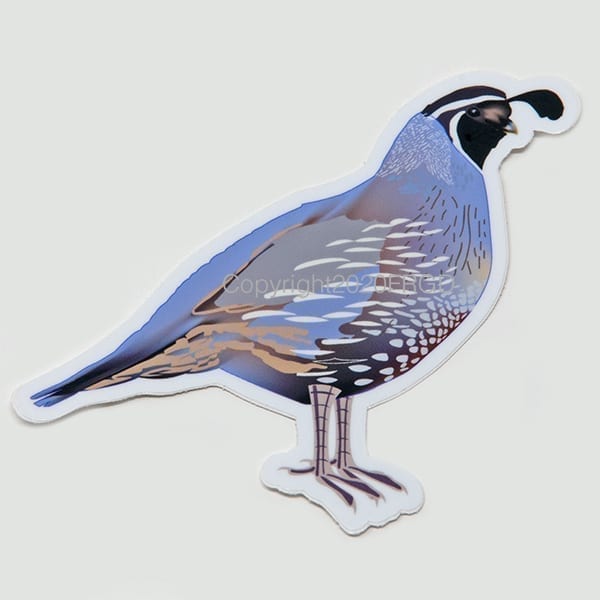
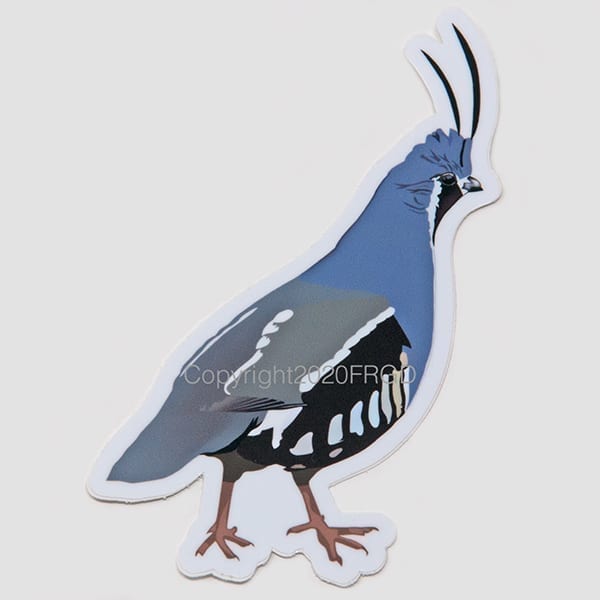
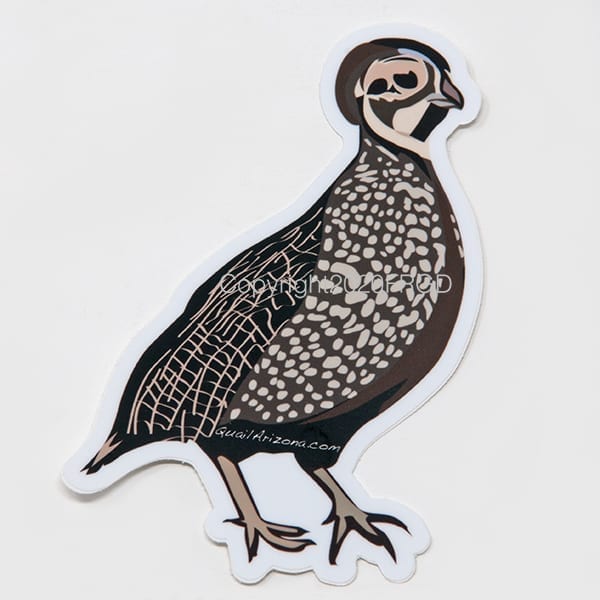
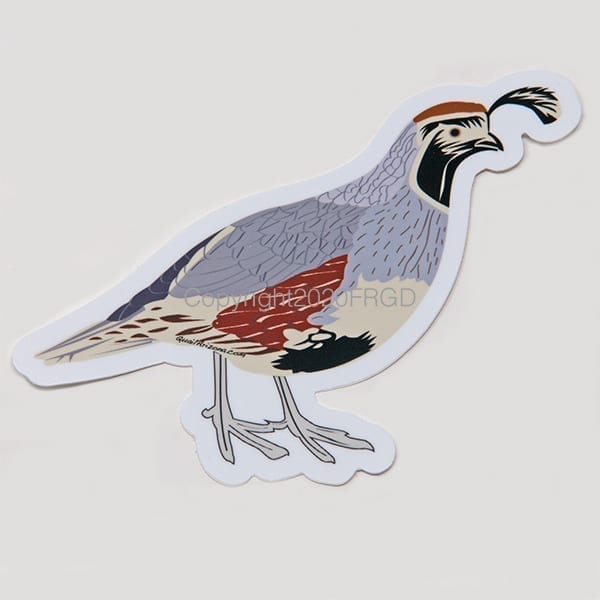
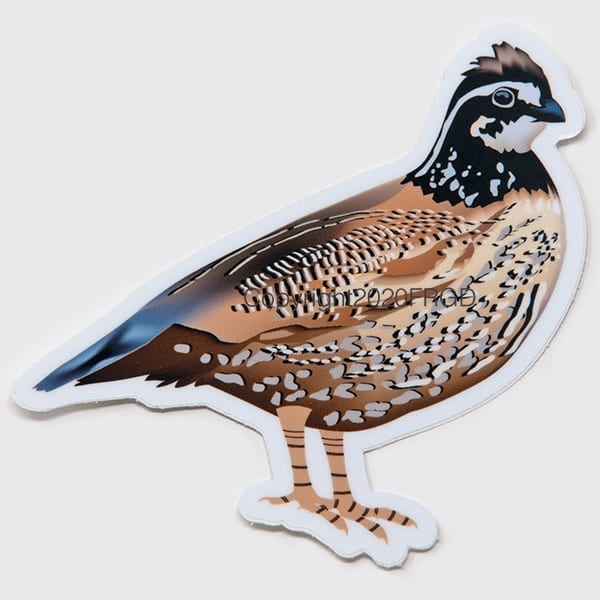

Reviews
There are no reviews yet.